Blog 06/20/2022 - MHT Movie Review: Judgement at Nuremberg
MHT MOVIE REVIEW: JUDGEMENT AT NUREMBERG
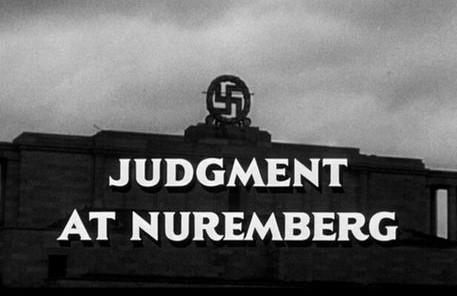
MHT reviews the 1961 film “Judgment at Nuremberg” & looks at the history of show trials. The film takes place in 1948 & centers on an older New England Judge Dan Haywood (brilliant Spencer Tracy) coming to Nuremberg, Germany, to preside over the trial of four members of the country's judiciary accused of condemning people using Nazi law. With most of the Nazi military high command & government officials having faced trial already & being dead or sentenced to long prison sentences, Haywood realizes he has a more difficult task to determine the complicity of judges enforcing German law even if they didn't necessarily formulate the Nazi policies they presided over.
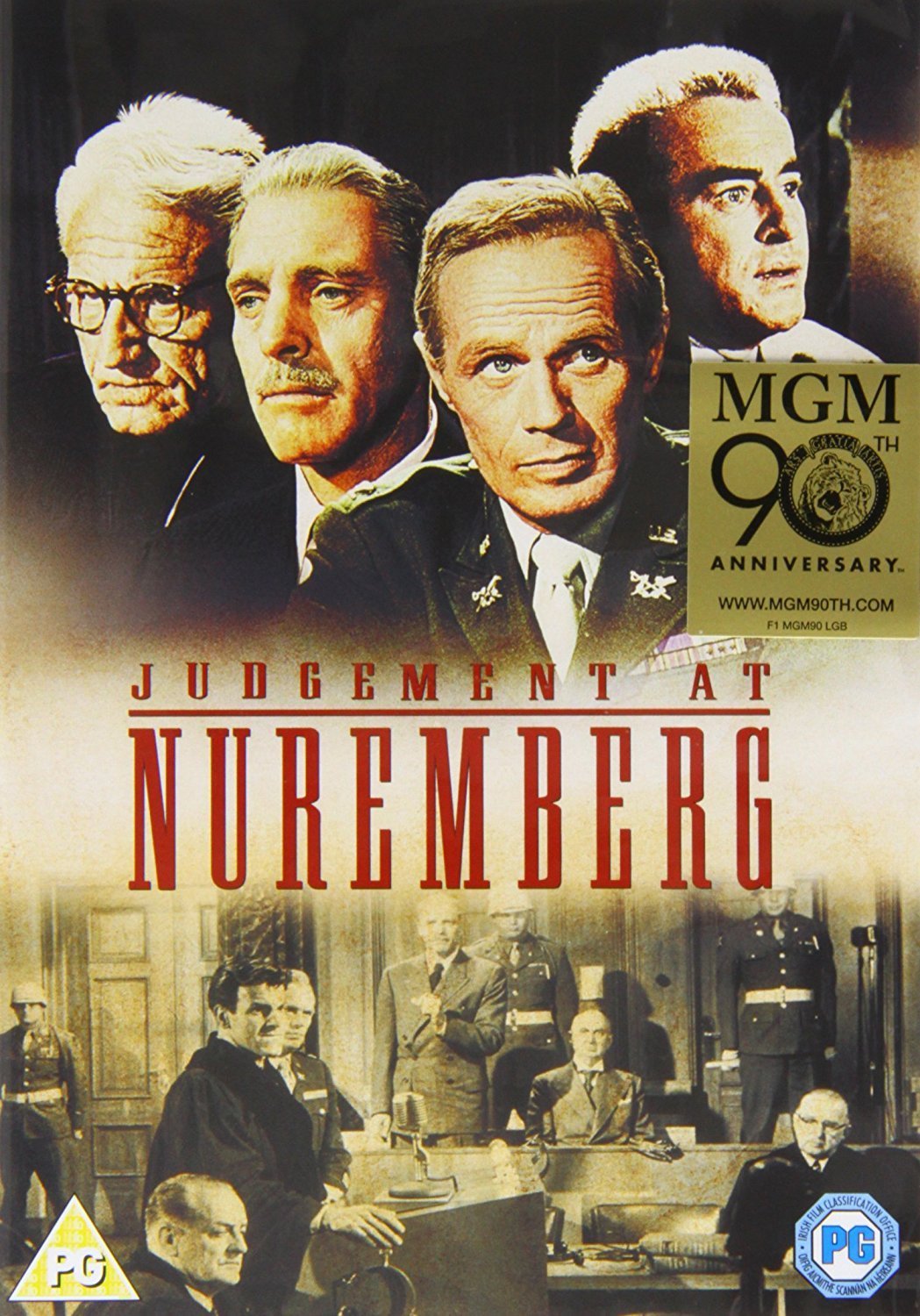
Produced & directed by Stanley Kramer who has suffered for his reputation of always going for “big message” films such as racism in “The Defiant Ones” (1958), nuclear holocaust in “On the Beach” (1959), censorship in “Inherit the Wind” (1960) & interracial marriage in “Guess Who's Coming to Dinner” (1967.) The WWII war crimes trials had been dramatized before & faced indifference from his studio & general public now that the German Republic was an important ally now in the “Cold War” against Soviet expansion.
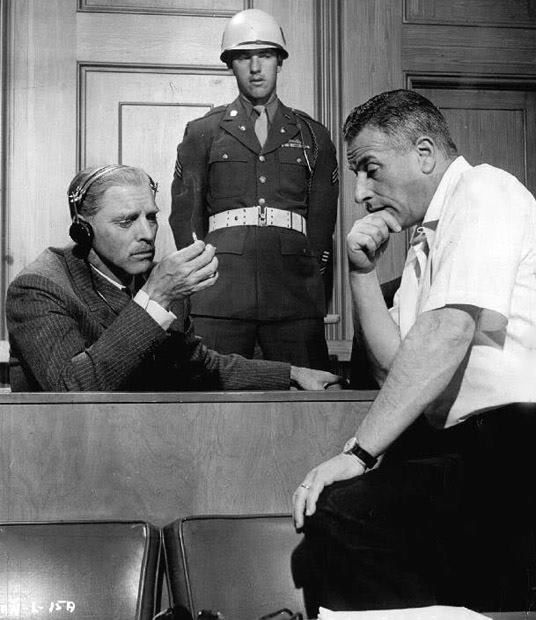
Still Kramer could muster a powerhouse cast He may not have been the critics' darling, but few directors at the time could have forged ahead with such a project. Along the way he gathered a powerhouse cast & despite claims of his often tedious & disheartening film-crafting he let actors display their fine talents on film including Burt Lancaster (German Judge Ernst Janning), Richard Widmark (Col Tad Lawson, USA), Marlene Dietrich (Mme. Bertholt), Maximilian Schell (Hans Rolfe), Judy Garland (Irene Hoffman), Montgomery Clift (Rudolph Petersen), William Shatner (Capt Harrison Byers, USA), Werner Klemperer (German Judge Emil Hahn.)

Spencer Tracy had received his seventh Academy Award nomination for “Inherit the Wind” & signed on to work with the man he decided would be his sole director for the remainder of his career, directing his last film six years later. His shrewd casting of Judy Garland & Montgomery Clift as the two key witnesses in the trials, whose lives were shattered by the Nazi courts. The two performers gave Academy Award Oscar®-nominated cameos, totaling scarcely a half hour of screen time, as the raw emotionalism of two respected but famously self-destructive actors brought viewers an eerie comparison between their off-screen realities & the characters they portray.
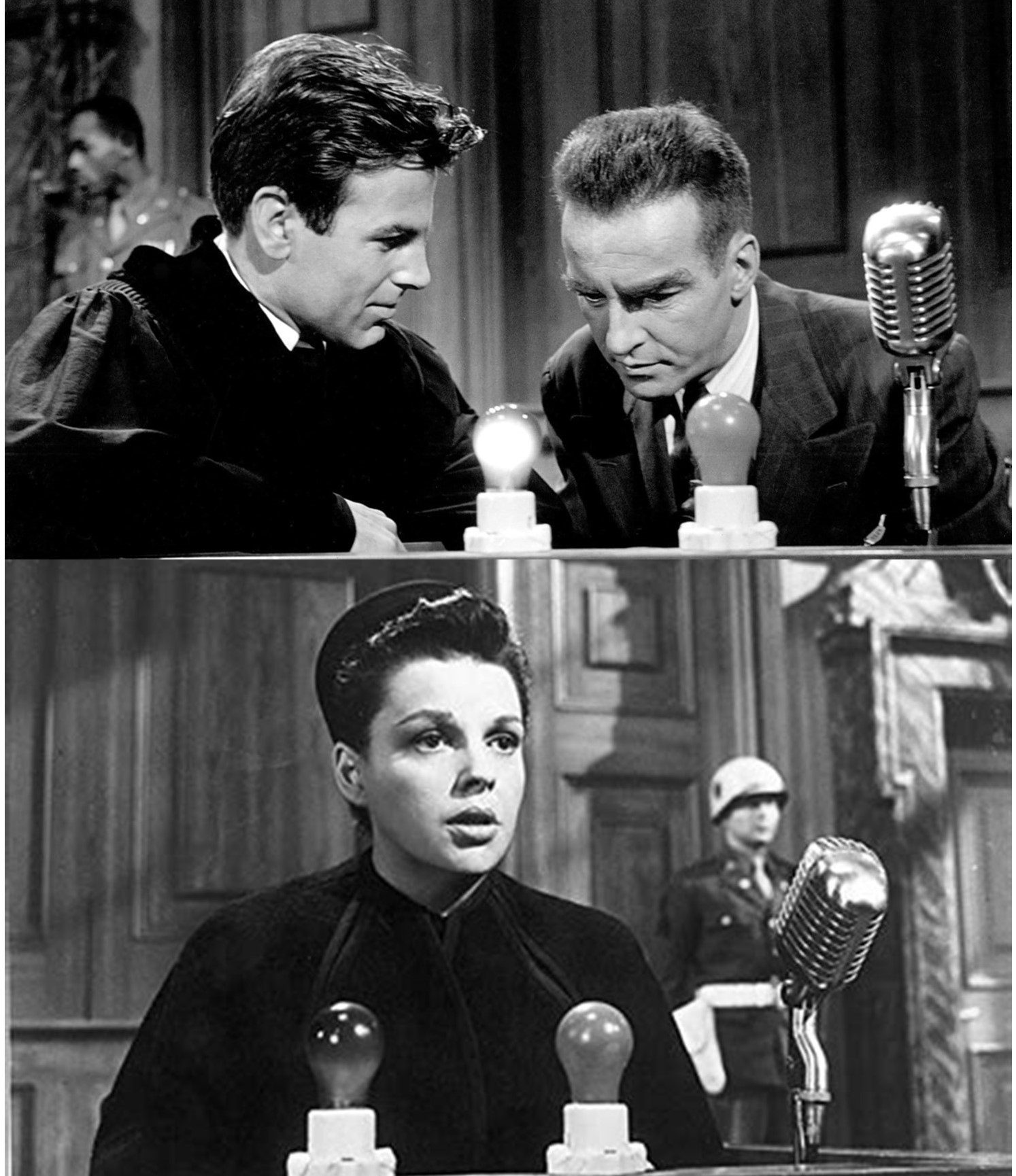
Add Marlene Dietrich in an iconic role near the end of her long career & the participation of such major stars as Burt Lancaster (the esteemed German Judge) & Richard Widmark (as the prosecuting US Army officer, forever scarred by liberating a Death Camp.)

But what makes “Judgment at Nuremberg” essential viewing is the Motion Picture Academy honoring a young Maximilian Schell with the Best Actor Oscar for the German Defense Attorney. He would return to WWII in 1977 with three superb roles as Hauptmann (Capt) von Stransky on the Eastern Front in “Cross of Iron,” SS-Obergruppenführer (LtGen) Wilhelm Bittrich of the Waffen-SS II Panzer Corps whose two Panzer Divisions (9th & 10th) are near Arnhem during “A Bridge Too Far” & nominated for a Best Supporting Oscar as an anti-Nazi activist in “Julia.”
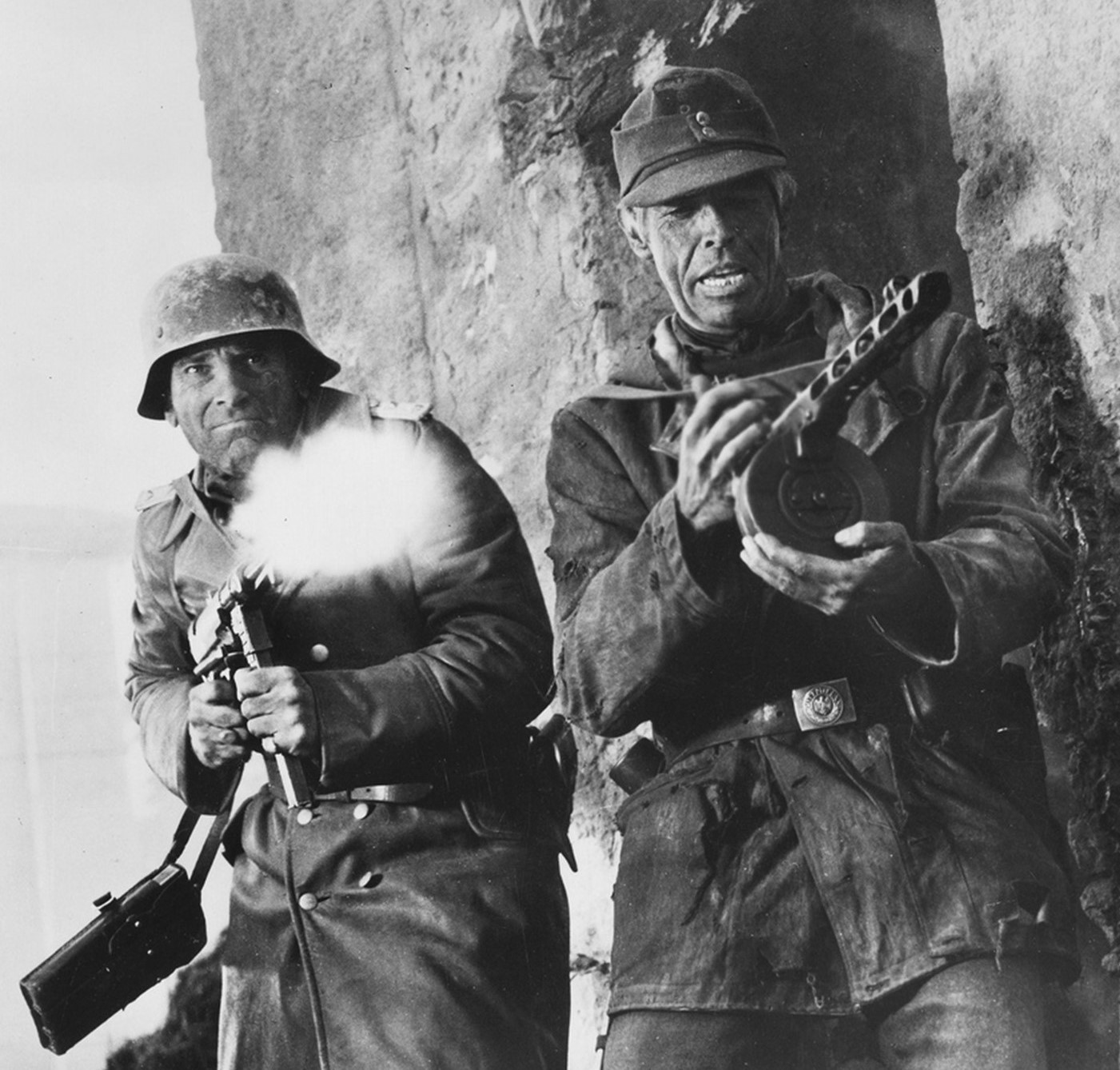
The real Nuremburg Judges' Trial focused on 16 judges & prosecutors who served before & during the National Socialist Regime in Germany, & who embraced & enforced laws—passively, actively, or both—that led to judicial verdicts of compulsory sexual sterilization & to the imprisonment & execution of people for their religions, racial or ethnic identities, political beliefs, & physical handicaps or disabilities.
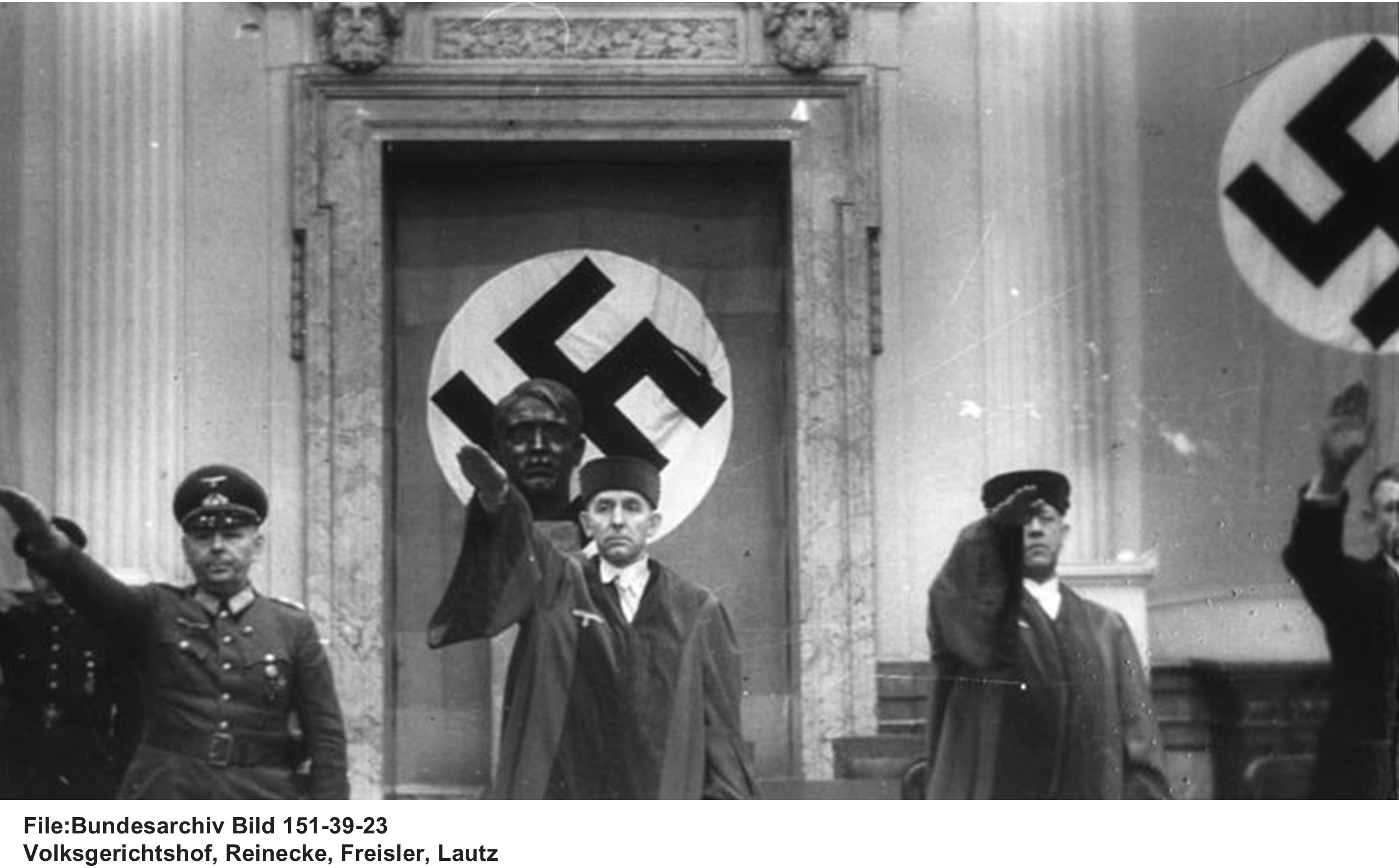
The Volksgerichtshof (People's Court) was a Sondergericht ("Special Court") that was created & functioned outside the operations of the constitutional frame of law. Reich Chancellor Adolf Hitler, established the court in 1934. The court had jurisdiction over a rather broad array of "political offenses," which included crimes like black marketeering, work slowdowns, defeatism & treason against Nazi Germany.
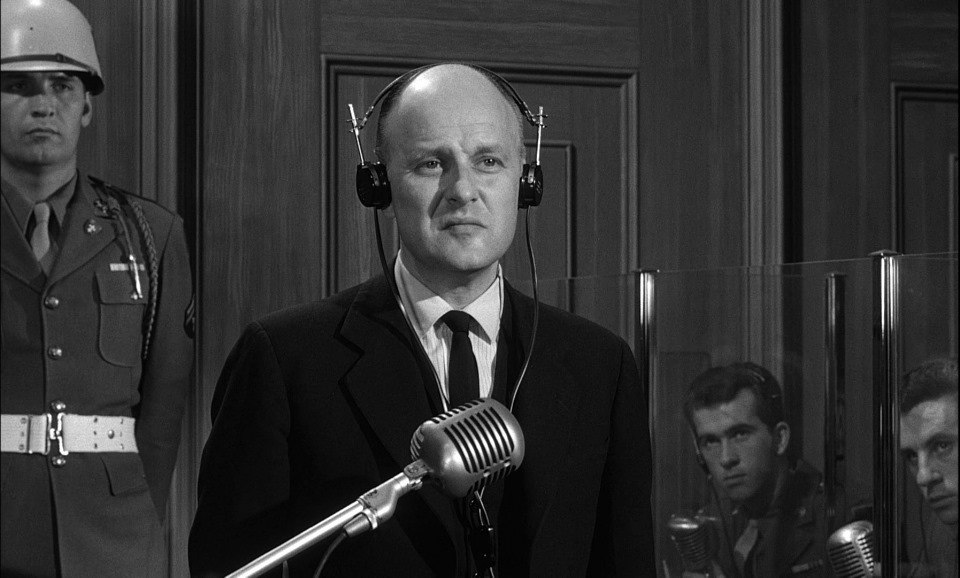
The court handed down an enormous number of death sentences under Judge-President Roland Freisler, including those that followed the plot to kill Hitler on 20 July 1944. My guess is that Werner Klemperer’s fictional Judge Hahn is the hang-judge Freisler which is highly entertaining after seeing Klemperer play the bumbling Stalag 13 Kommandant Luftwaffe Col Klink. Many of those found guilty by the court were executed in Plötzensee Prison in Berlin.
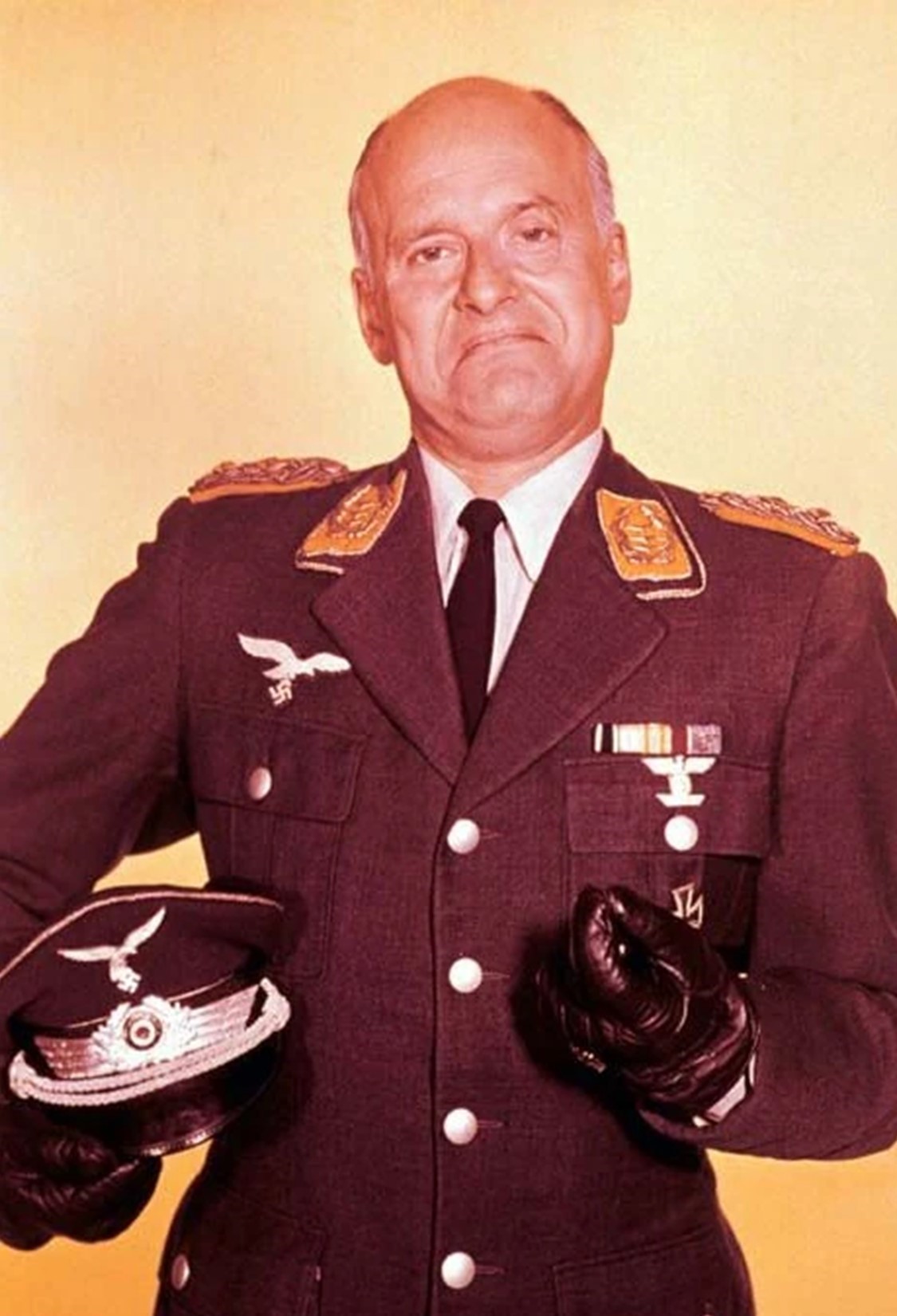
The court proceedings were often even less than show trials in that some cases were concluded in less than an hour without evidence being presented or arguments made by either side. The president of the court often acted as prosecutor, denouncing defendants, then pronouncing his verdict & sentence without objection from a silent defense counsel. Being brought before the court from 1943 on, was tantamount to a death sentence characterizing it as a kangaroo court. A kangaroo court may ignore due process & come to a predetermined conclusion. The term may also apply to a court held by a legitimate judicial authority which intentionally disregards the court's legal or ethical obligations.
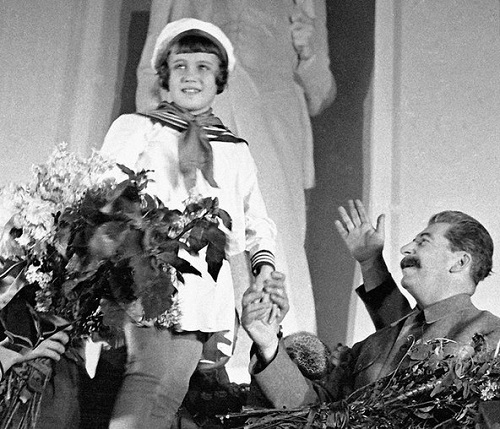
The show trials that took place in Stalin’s USSR had a very specific purpose to not be held in secret but were, as their title suggests, in the open with foreign journalists invited. There is little doubt that those who faced a show trial were going to be found guilty & that invariably brought with it imprisonment & most often death. At the time of Stalin’s pre-WWII tenure in charge he desperately wanted to get rid of anyone who might be a potential political rival to him as supreme leader. However, Stalin did not feel in sufficient control of the USSR to simply allow the NKVD (the Secret Police, precursor to the KGB) to just round up ‘enemies of the state’ & have them disappear to a gulag or the favored "nine grams of lead" into the back of the head. He needed an excuse to justify the Great Purge (1936-38) that was to happen. The Politburo legislative toadies agreed with Stalin & the NKVD was handed a list of those who were now labelled “enemies of the state”, the previous regime, effectively the Communist Old Guard.
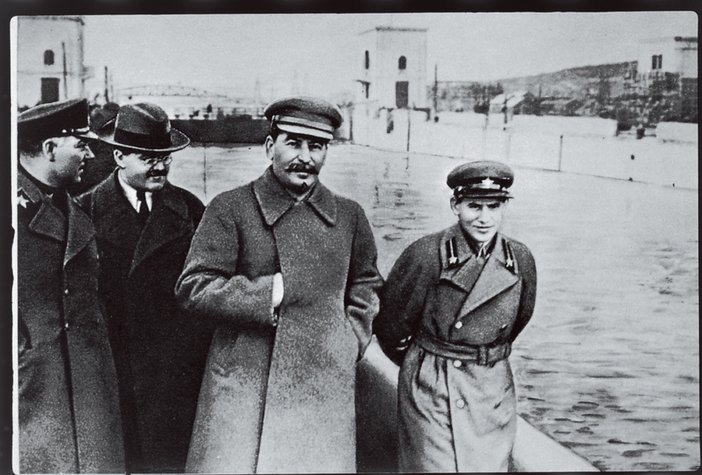
Anyone associated with these men was also under suspicion. They were put on trial at heavily manipulated show trials where the verdict was never in doubt. The show trials had to prove their guilt preferably with a very public admission of betraying the revolution & therefore the people.
Signed confessions were considered useful tools as well. Those on trial signed a confession knowing that it was probably nonsense & was almost like signing their own execution warrant. NKVD guards ensured prisoners were sleep deprived & exhausted when it came to their interrogation. However, the NKVD also wanted the names of anyone else associated with the ‘crimes’ of the man who had just signed his own death warrant. If psychological torture did not work on a prisoner, then the NKVD turned to his family. In June 1934, Stalin signed a decree that held the family of a prisoner as guilty as he was and that the family was guilty in its own right. This law stated that children over the age of 12 could be executed for the father’s crimes. Others faced the prospect of a sentence in the brutal (concentration camp) gulags that were being built across the USSR.
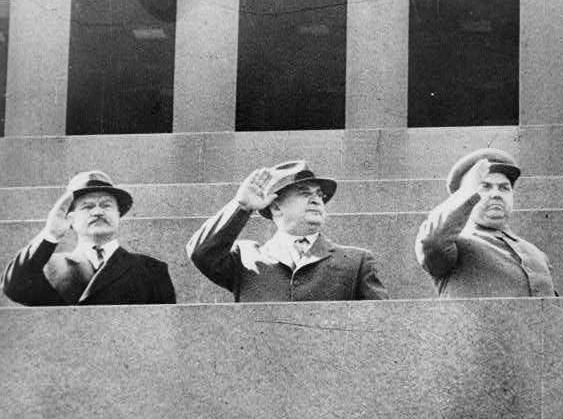
A kangaroo court is a court that ignores recognized standards of law or justice, such as a NKVD troika or Special troika, that were made up of three officials who issued sentences to people after simplified, speedy investigations and without a public & just trial. The three members were judge & jury as these commissions were employed as instruments of extrajudicial punishment introduced to supplement the Soviet legal system with a means for quick & secret executions or imprisonment. The NKVD used it during the Great Purge to execute many hundreds of thousands of Soviet citizens. The outcome of such trials was often determined before it even began due to targeted numbers of citizens to be executed or imprisoned in Gulag prison camps.
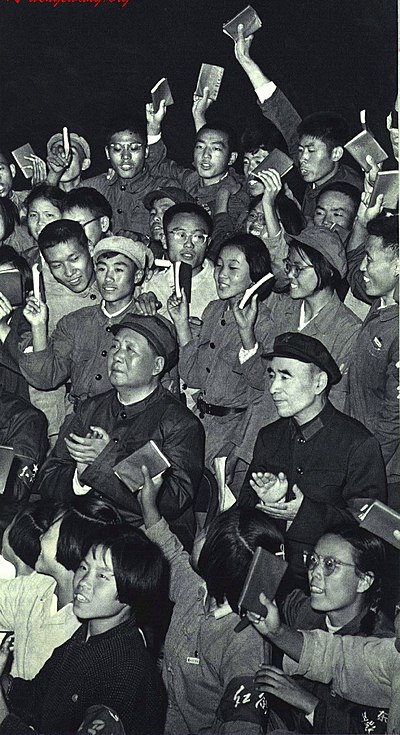
When Chairman Mao Zedong was the dictator of China, he introduced the Cultural Revolution underscoring his ideologies of Marxism & Socialism. His Red Guard tried many for Cultural Revolution reeducation training in kangaroo courts. However, the revolution caused the death of millions of Chinese due to famine & starvation, accounting for almost 45 million deaths. His mantra of Every Communist must grasp the truth, "Political power grows out of the barrel of a gun" lives on in China today.

The current Chinese government has reportedly detained more than a million Muslims in reeducation concentration camps. Most of the detainees are Uyghur, a predominantly Turkic-speaking ethnic group primarily from China’s northwestern region of Xinjiang. Human rights organizations, UN officials & many foreign governments are urging China to stop the abuses, which the US describes as genocide. But Chinese officials maintain that what they call vocational training centers do not infringe on Uyghurs’ human rights. They have refused to share information about the detention camps & have prevented foreign investigators from examining them.
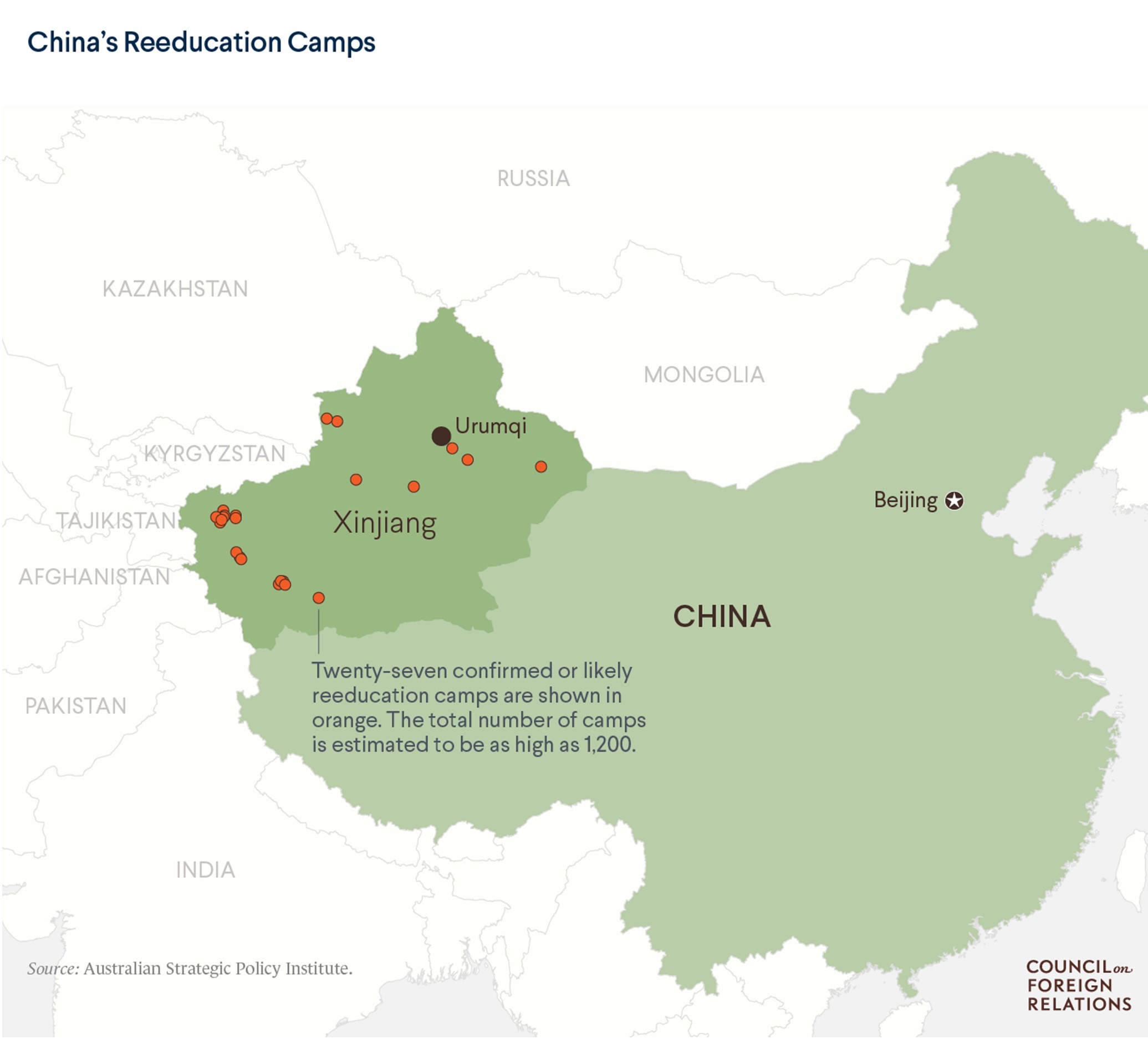
Some eight hundred thousand to two million Uyghurs and other Muslims, including ethnic Kazakhs and Uzbeks, have been detained since April 2017. Most people in the camps have never been charged with crimes nor have legal avenues to challenge their detentions. Hundreds of camps are located in Xinjiang. Officially known as the Xinjiang Uyghur Autonomous Region, the northwestern region has been claimed by China since the Chinese Communist Party (CCP) took power in 1949. Some Uyghurs living there refer to the region as East Turkestan & argue that it should be independent from China. Xinjiang takes up one-sixth of China’s landmass & borders eight countries, including Pakistan, Kazakhstan & Kyrgyzstan.
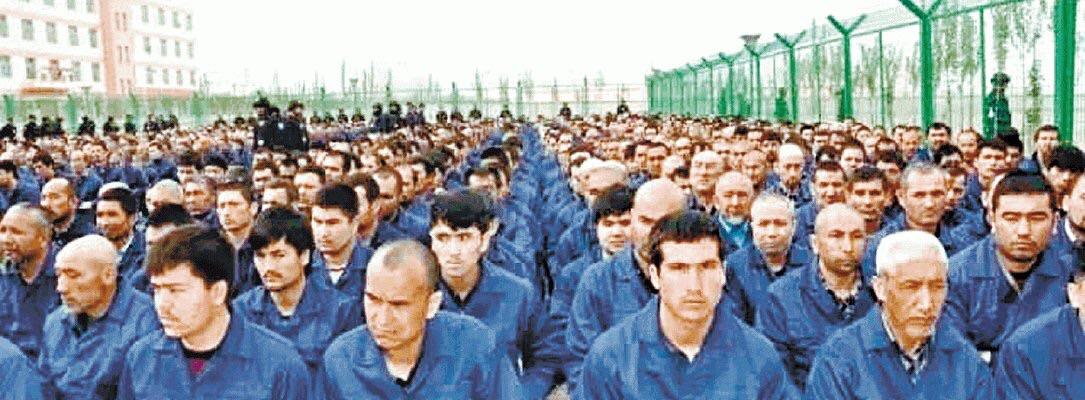
Experts estimate that Xinjiang reeducation efforts started in 2014 and were drastically expanded in 2017. Journalists, observing satellite imagery, found that 39 Xinjiang camps have almost tripled in size between April 2017 & August 2018 with construction spending on security-related facilities increasing by around $2.96 billion dollars in 2017. Information on what actually happens in the camps is limited, but many detainees who have since fled China describe harsh conditions. Detainees are forced to sing praises for communism, pledge loyalty to the CCP, renounce Islam & learn Mandarin. Some reported prison-like conditions, others said they were tortured & subjected to sleep deprivation during interrogations. Women have shared stories of sexual abuse, including rape. Chinese President Xi Jinping is still far behind Mao with his largest number being the 6,340,521 killed worldwide over his accidental (?) biological weapon release from the Wuhan Institute of Virology.

The US has had its fair share of show trials. During the late 1940s & early 1950s, the Cold War & Soviet Communist expansion brought on the “Red Scare” & investigations by the House Un-American Activities Committee & Senator Joseph R. McCarthy (R-WI.) Sen McCarthy spent almost five years trying in vain to expose communists & other Hollywood left-wing subversives, until his attack on the Army in 1954 earned him the censure of the U.S. Senate. We have seen the same playbook but replacing the R-word with the T-word during the last five years of failed political show trials & hopefully Senate Majority Leader Chuck Schumer (D-NY) was misunderstood in calling for the execution of Supreme Court Judges.
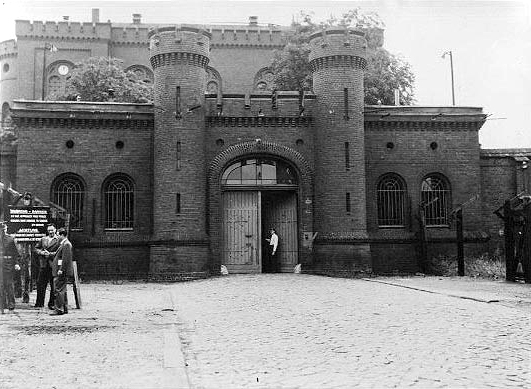
During the film’s credits, it states that the Nuremberg Trials held in the American Zone before the split of Germany into East & West ended on July 14, 1949. The epilogue states there were 99 defendants sentenced to prison terms. The end credits stated not one was still serving his sentence at the time of the films making in 1961. This is not true as three prisoners were still at Spandau Prison. Rudolph Hess, Hitler's Deputy Führer until he flew to Scotland in 1941 in an attempt to broker peace between the United Kingdom & Germany. His life sentence remained intact & he was incarcerated at Spandau Prison until he committed suicide in 1987. Two others were still imprisoned in 1961, Baldur von Schirach, Head of the Hitlerjugend (Hitler Youth) from 1933-40 & Reich Governor of Vienna from 1940–45 who was released 30 September 1966.
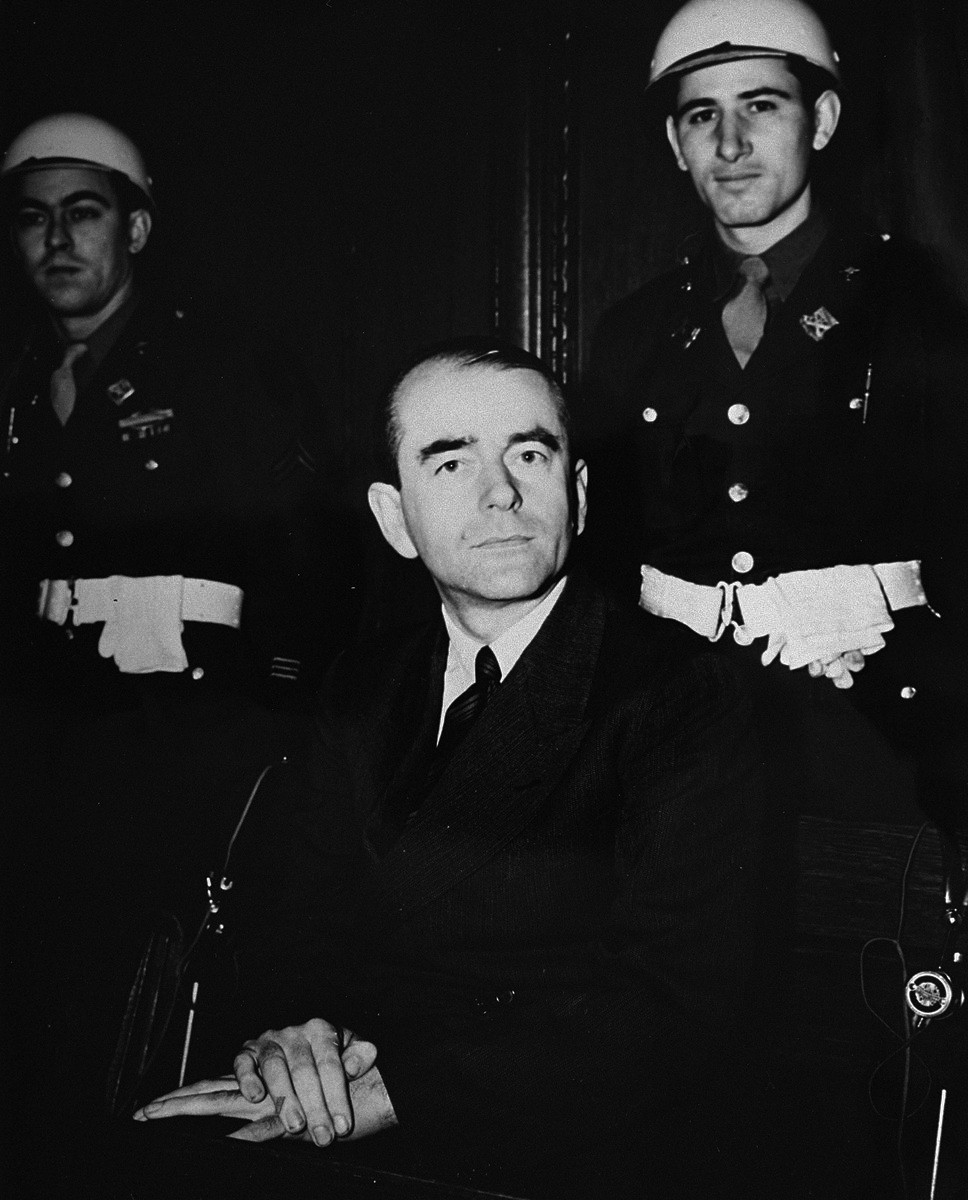
The other was Albert Speer, Hitler's friend, favorite architect & Minister of Armaments from 1942 until the end of the war. In this capacity, he was responsible for the use of slave laborers from the occupied territories in armaments production who was released the day after Schirach. During Speer’s imprisonment he wrote “Inside the Third Reich” (1970) that noted historian John Toland stated "is not only the most significant personal German account to come out of the war but the most revealing document on the Hitler phenomenon yet written.”
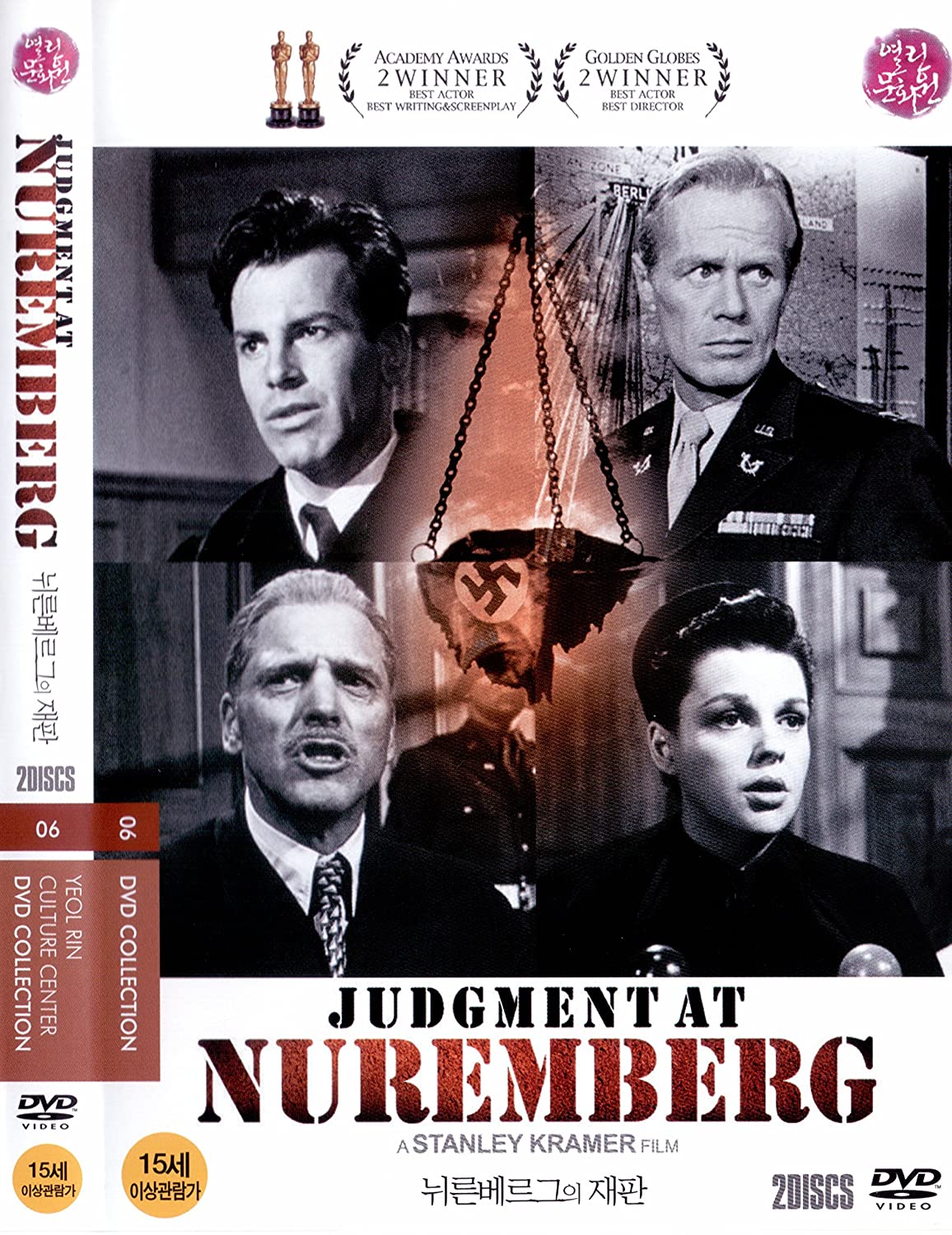
At the end of the film, Spencer Tracy must decide whether or not he will convict the four judges who were following the letter of the law in Nazi Germany at the time. There is also ambiguity if it’s a condemnation of the German people as a whole who the Allies now wanted to remain anti-communist because during the film’s timeline the Russians closed land supply routes to Berlin forcing a crisis leading to the Berlin Airlift. “Judgment at Nuremberg” raises many questions about obeying the law of the land, even when that law is something you disagree with morally. Ultimately, it gets 3 MHT Stars for being worth seeing & a notable example of the type of something-to-say cinema Stanley Kramer epitomized.
